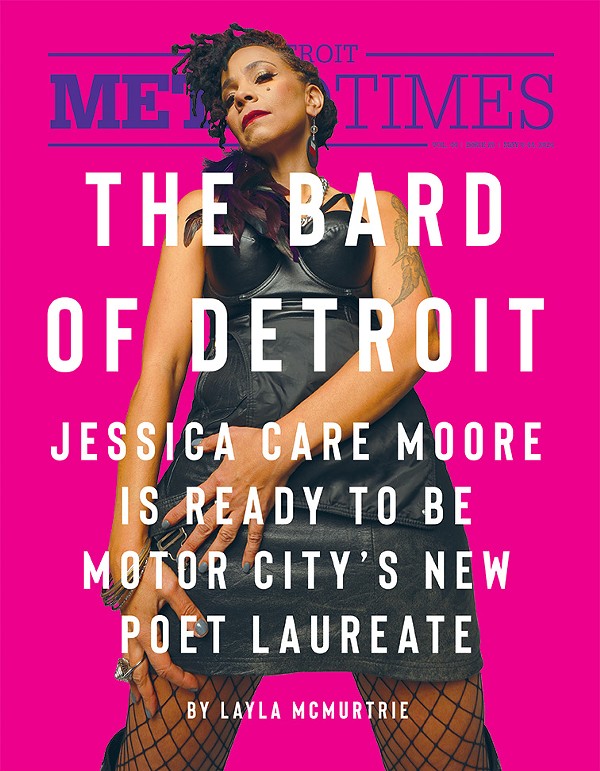Graffiti or mural? Detroit mulls over street art ordinances
[
{
"name": "GPT - Leaderboard - Inline - Content",
"component": "35519556",
"insertPoint": "5th",
"startingPoint": "3",
"requiredCountToDisplay": "3",
"maxInsertions": 100
}
]
Several weeks ago, we mentioned a pair of public art ordinances in the works designed to, in part, curb Detroit's graffiti. Councilmember Raquel Castañeda-López gave us a call to update us on their progress — emphasizing that they have not yet been introduced.
One ordinance puts the onus on the property owners to keep their buildings free of graffiti. It would give the city authority to ticket owners of vandalized property, who have a chance to clean it up within a week or face fines. "At the same time that they get the notice, they will get information about products they could use to clean it up," Castañeda-López says. She also adds there would be incentives, such as a reduced fine, for property owners to install security cameras.
In the event that the owner does not clean it, Castañeda-López says the city would also be able to enter the property to remove it. And if the perpetrators are caught, they would also be required to clean up the graffiti as part of community service.
But how to draw the distinction between unauthorized graffiti and murals? Late last year, city officials issued thousands of dollars worth of fines before admitting they couldn't tell the difference between vandalism and authorized artwork (they eventually dismissed the fines). To correct this, Castañeda-López says the city is working on the seemingly Herculean task of creating a registry for all Detroit's existing street art.
"For example, let's say I'm an inspector and I think it's graffiti, but you are part of the registry and you say, 'No, I had permission, this is art that I want on my building,' then you wouldn't get a ticket," she explains.
At the same time, Castañeda-López says her office is working to introduce an ordinance that would get funding for new public art in the city.
"It's still in the research phase right now, but we're working with the Detroit Arts and Entertainment Commission," she says. She notes that they've been looking at "Percent for Art" programs in cities across the country, in which a percentage of funds (typically one to two percent) for development projects is set aside to fund and install public art. Similar programs have been successfully implemented in Portland, Ore., Chicago, and New York.
Castañeda-López says there would have to be some sort of committee or department to oversee the program. "My hope is that at some point the mayor works to re-establish the Department of Cultural Affairs, so it could go under that," she says. "From there, they may say, 'We want 50 percent of the funding to go toward Detroit artists.' There's different ways to frame it — those details haven't been worked out. It's something that we're working on."
The city is weighing different options — such as setting aside one percent of the funding for all Detroit projects that use public money, or one percent of funding for all developments in the city. Castañeda-López says the city is currently seeking community feedback, with a public meeting tentatively scheduled for sometime in March. "We're deciding what makes the most sense for the city," she says.





